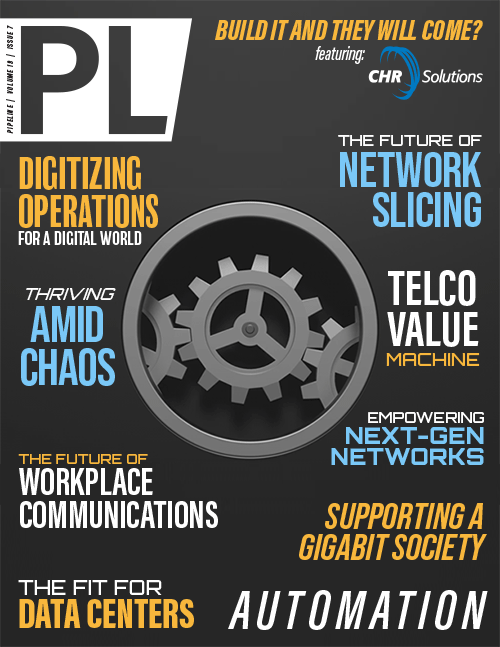The Future of Workplace Communications
Rather than adopting four different platforms for messaging, video calls, email and file sharing, companies look to UC to streamline the process through features like workflow automation, standardized communications APIs and interoperability. Unified communications as a service (UCaaS) adoption has exploded, with the latest IDC report showing 29.2 percent market growth between 2019 and 2020 and revenue growth of 24.9 percent, putting the value of the UCaaS market at a whopping $47.2 billion at the end of 2020.
When companies are looking for a UC, it’s important to evaluate platforms based on the functions they offer and the actual application for your teams. If your UC will allow you to host video calls, enable desktop sharing, and collaboratively work through flow charts, but lacks a messaging component that’s key to your day-to-day communications, then it’s not the platform for you. Not every UC is right for every company, so finding that one platform that checks all the boxes and provides quality service and interoperability are hallmarks of a winning UC platform.
Advances in AI to automate processes
No, the robots aren’t coming to take your jobs as some prophesized, but they are proving beneficial to companies looking to automate tasks that can free up workers for the types of tasks computers can’t truly complete, like strategic planning.
When it comes to how AI is playing a role in workplace communications, much of it has to do with the enhancement of natural language processing. Computers are getting smarter at processing meaning, developing emotional intelligence, and delivering accurate results to queries. If you’re looking for a real-life example, look no further than Facebook and its automation of content via AI.
This type of AI comes in handy for breaking down language and accessibility barriers in the workplace as well. We now can use on-screen closed captioning to translate messages in real time. This means I could be speaking English during a meeting and my message can instantaneously appear in German, Italian, French, or Spanish—you name it. It also opens the world up for serving employees with disabilities. Note-taking is also becoming a largely automated process being rolled into video conferencing software that has the ability to identify talking points, action items, key dates and ideas.
Facial recognition features that allow employees to join meetings without signing in and chatbots being optimized to aid employees in finding files and answering commonly asked questions are just a few other examples of the increasingly long list of meeting functions that can also be attributed to the genius of AI improving our automation and collaboration.
Increased security focus for BYOD
The final trend—security—hasn’t gone away since the inception of the Internet. As companies adopt AI-driven tech, UC platforms and allow employees to perform work from personal devices, companies should always think: “What is the impact on security?” Like unifying their communications, companies should address remote security by unifying their security software to best protect employees working from anywhere and consider data protection across the entire network of UC-enabled devices—yes, even personal devices or for bring-your-own-device policies.
With new ways of working come new threats. One prominent example made headlines in April 2020 when more than 500,000 Zoom credentials hit the dark web and we even have new terms emerging like Zoom bombing to prove the relentlessness of hackers. Alongside swift adoption of new communications platforms, security is changing just as fast to keep pace with an increasing number of cybersecurity threats. For video conferencing platforms in particular, additional requirements like two-step authentication and endpoint protection can help prevent attacks.
For companies willing to embrace the changes brought about by the renaissance of remote work, 2022 is an exciting time to evaluate and improve work processes and begin to realize the benefits of UCaaS, enhanced automation, collaboration tools and technology investment. Those that harness new technologies while also accounting for enhanced security measures needed to protect an increasing number of devices connected to company assets will be the companies we turn to as examples on how to approach the future of workplace communications.



















